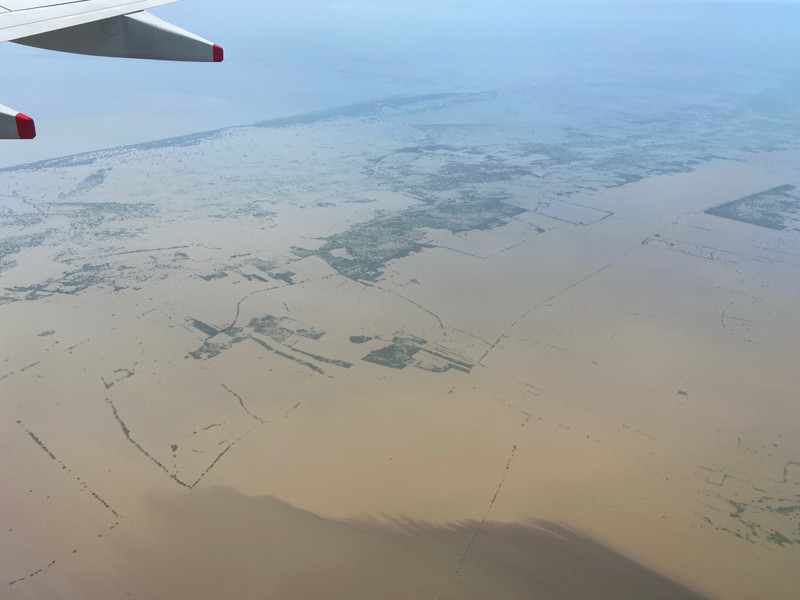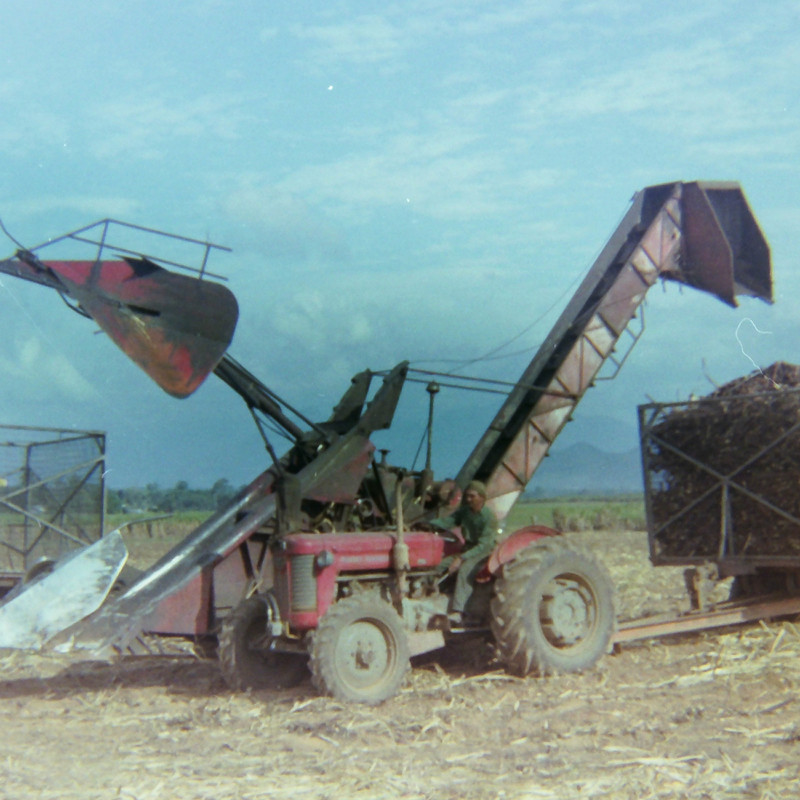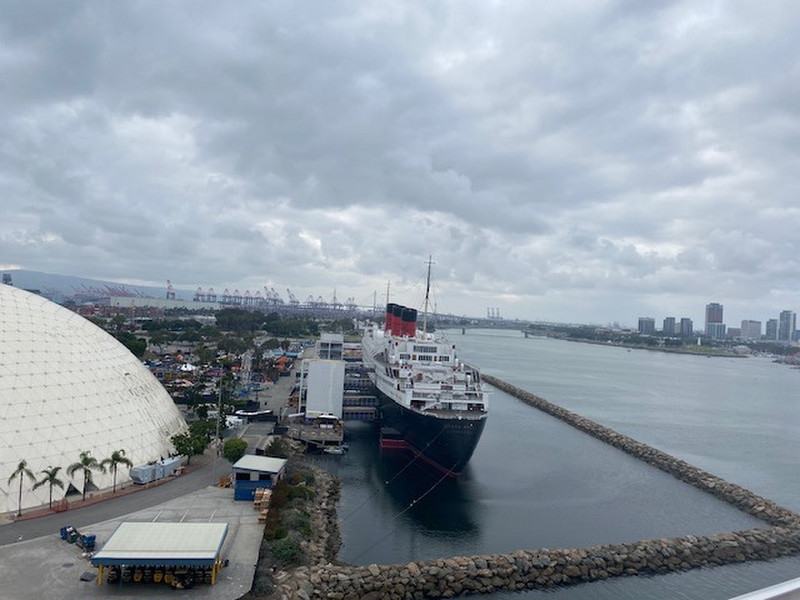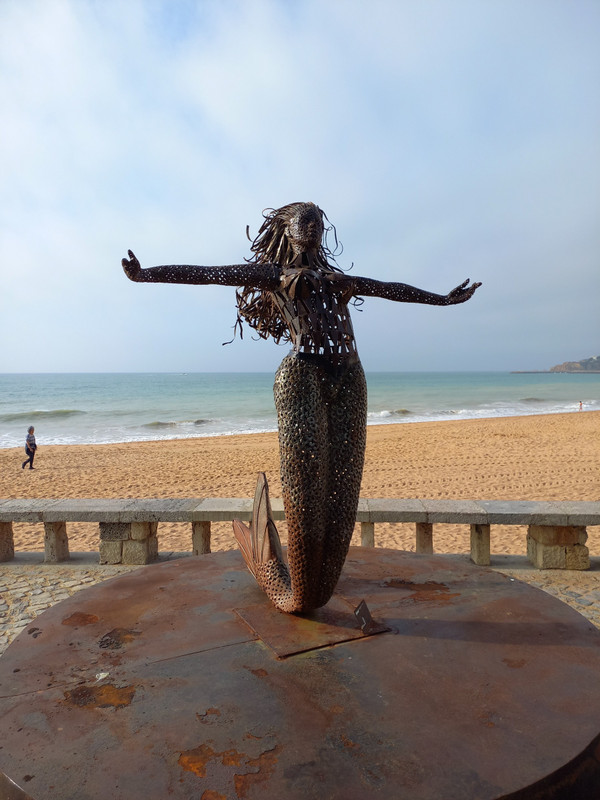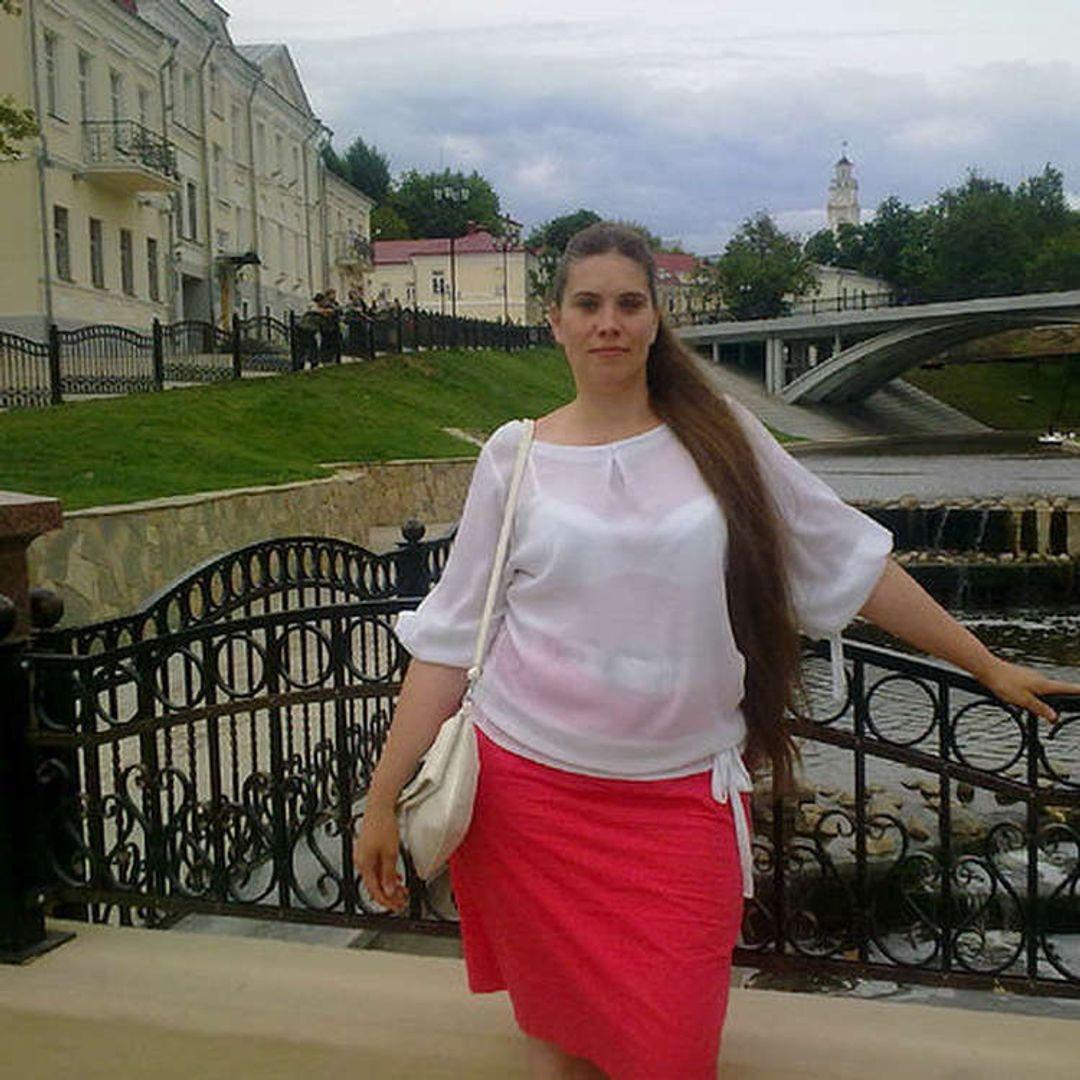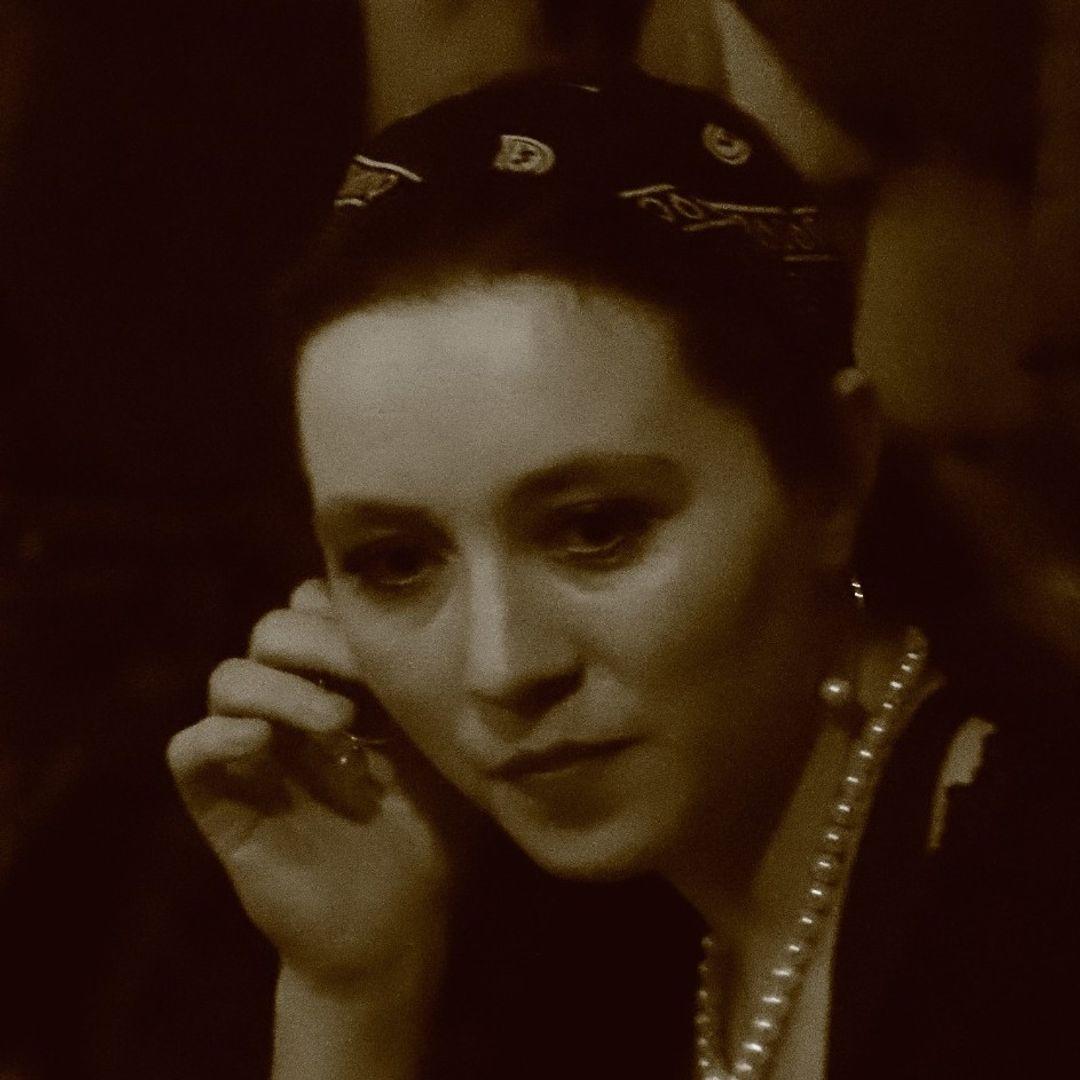The temperatures are falling, the days are getting shorter and the wind is getting stronger on the Dalmatian coast, signaling the end of the summer. Even the few tourists who braved their governments Covid rules and stayed in September are slowly travelling back to their homes. Only Nui and Nenad are still here, enjoying a face of the coast Nenad never experienced. Quiet, romantic harmony of nature with the small of inhabitants, who live here all year round. Vodice has barely 10000 inhabitants throughout the with the 40000 and more during the four months of tourist season. In the coffee shops topics about the grape and olive harvest, wine and olive oil making and fishing of course of central importance. We managed to set up an adventure harvest day with friends who have an olive plantation and processing plant on mid October, when the time will be right for these little green and black fruits. But before this farming, hiking is on the agenda, hiking in the world famous Plitvice National Park and majestic Velebit.
Plitvice Lakes National Park (Plitvička Jezera) or just called Plitvice, is one of the oldest and largest national parks in
Croatia. In 1979, Plitvice was added to the UNESCO World Heritage list for its bio diversity. The national park was founded in 1949 and is in the mountainous karst area of central Croatia, at the border to Bosnia and Herzegovina, about a 90 min drive from Zagreb. The north to south road that passes through the national park area used to be the main road between Zagreb and Zadar and Split, until the freeway relieved the ecology from all the traffic. The protected area extends over 300 square kilometers of vast beautiful forest, home also to to brown bears, foxes, grey wolves and eagles and the 16 lakes, situated on different platforms connected with an array of waterfalls. Over 150 different bird spices have been sighted, a variety of bats and several types of trout. Needless to say that we had to eat trout for dinner at our lodge (but not from the NP I hope). The lakes are renowned for their distinctive colors, ranging from azure to green, grey or blue. The colors change constantly depending on the quantity of minerals or organisms in the water and the angle of sunlight. You never get tired looking at
this water paradise and taking hundreds of pictures. Each year, more than 1 million visitors are recorded, in recent years hugely popular also with Asian tourists, especially Chinese. Not surprising we found several Chinese restaurants along the road in the park. But this year you can guess it Nui and Nenad were almost alone with the bears and wolves..... The national park became famous in Europe during the 1960s and 1970s through several Western film productions of Karl May novels, especially Winnetou. Many scenes have been shot at the lakes and waterfalls and the nearby plains of the Lika region.
The area of Plitvice was inhabited for thousands of years by Illyriens and Celts, later Romans and Slaves. It changed several times hands between the Ottomans and Habsburgs between the 15th to 18th century. The Croatian Bans were administering it until 1918, thereafter it became part of old and new Yugoslavia. It again became the scene of heavy fighting in the Croatian war of independence in the 1990s. The park had to be closed for a while to clear it from the landmines the Yugoslav armed forces left behind. This is luckily all for the history books. The contemporary
There are real hiking trails in the park where one can enjoy the vastness and solitude of the forests. Around the lakes and waterfalls a well groomed trail walks, so we could focus on the details of the flora and fauna of the One full day is a nice time frame to experience the lakes and falls. We stayed in Plitvice Selo away from the main road. Selo means village. In this case it was more a group of lodges situated on the edge of the forest giving the right atmosphere to our hiking experience.

